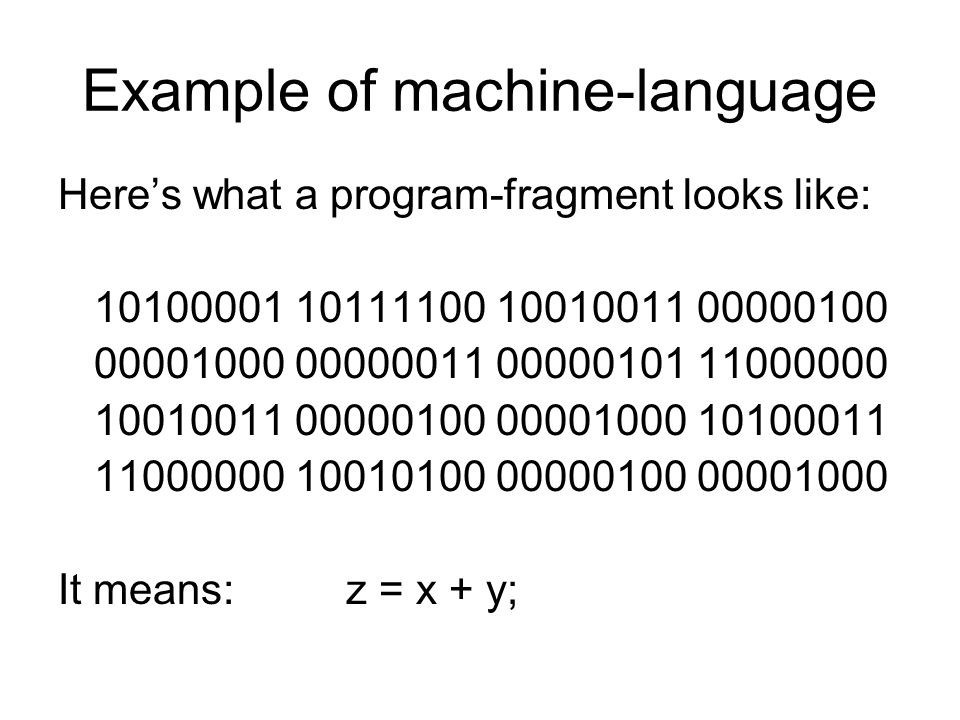Introduction to Coding

What is Coding?
Coding is how we communicate with computers so they follow our instructions. Computers have their own language called Machine Code that tells them what to do. Even though humans created this language, it doesn’t make a lot of sense to most of us! It uses numbers and characters arranged in sequences.

It is possible to learn Machine Code, but it would take a long time and it’s not very intuitive. Luckily there is an easier way to communicate with computers: coding. Coding, also called programming, involves writing a set of instructions that are then translated into machine code and sent to the computer.
The lines of code shown here tell a computer to say “Hello, world.” Instead of writing machine code to get the computer to perform the task, the programmer is writing in a coding language called Python.
- First, the code gives instructions: print (“Hello, world”).
- Next, the code is compiled, or translated into machine code that the computer can understand. The compiling process happens behind the scenes so we don’t see it.
- Then, the computer executes the code, and writes Hello, world back to us.
- Finally, the computer waits for more instructions!
There are hundreds of different programming languages. While this may seem confusing, remember…we humans speak many languages, and though each has its own vocabulary and grammar, they all do the same thing: communicate. The coder/programmer writes instructions for the computer, the compiler turns the instructions into language the computer understands, then the computer does it (which is called executing the code in programming speak).
Where is Code?
- The apps on your phone
- The websites you visit
- The elevator you trust
- The stoplights on the street
- The industrial equipment that makes everything
…where isn’t code?!
What can Code do?
- Make websites and apps
- Data analytics (managing big data sets with the goal of discovering useful information)
- Machine learning (instead of programming the computer every step of the way, machine learning uses learning algorithms that make inferences from data to learn new tasks)
- Web crawling (downloading and indexing content from all over the Internet)
- And much more!
Coding Languages

Humans have developed thousands of languages for giving machines instructions. Automatic musical instruments such as flutes and pianos were some of the earliest programmed machines. As our machines have become more complex, more demands have been placed on programming languages.
Every coding language has a unique vocabulary and set of grammatical rules, also called syntax. Still, there are often overlaps between languages. Some coding languages you may have heard of include Java, C, C++, Python, PHP, and JavaScript. One coding language that we like at MakerHub is called Processing. Go to Introduction to Processing
| Introduction |
| Lesson One: Introduction to Coding |
| Lesson Two: Introduction to Processing |
| Lesson Three: Hands-on with Processing |
| Further Resources |